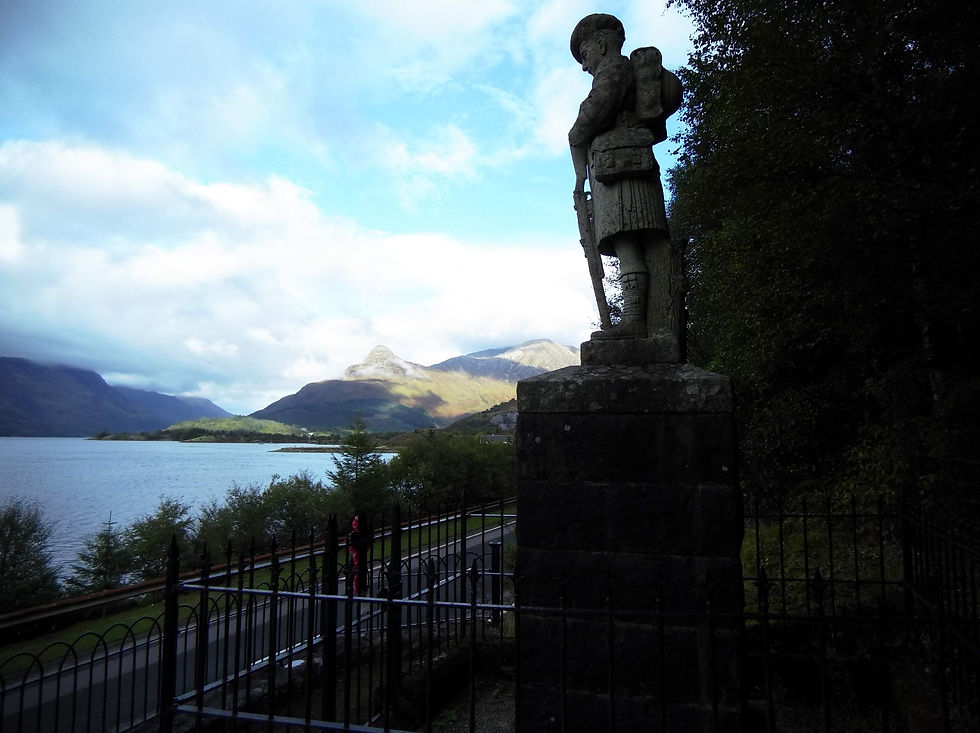Military History & Travel: Arc de Triomphe, Paris France
- Ryan Weston
- Nov 29, 2020
- 3 min read

Located on the western end of the Champs-Elysees, the Arc de Triomphe is one of the largest and most famous monuments in Paris France. Originally conceived by Napoleon Bonaparte as a monument to the soldiers who had fought and died for France during the French Revolutionary and Napoleonic Wars, construction began in 1806 but for various reasons (including the downfall of Napoleon) wouldn’t be completed until 30 years later under the reign of King Louis-Philippe. It would be added to again when, on Armistice Day 1920, the remains of an unknown soldier from the First World War were interred beneath its arch and an eternal flame was lit to symbolize all who were lost during that conflict (it later went on to represent the lost of the Second World War as well). All told, the Arc de Triomphe has come to symbolize France’s struggles, triumphs, and tragedies since her revolutionary period began in the late 18th century.

And oh, the triumphs and tragedies that the Arc itself has witnessed since its inception. Conceived during the zenith of Napoleon Bonaparte’s reign it witnessed his collapse and defeat within a decade. It witnessed the restoration of the Bourbon Monarchy and then again of another Bonaparte’s reign, only to have that one collapse in ruin as well. It witnessed revolution in 1848 and the Commune of 1871. It has witnessed four famous victory marches: The Germans in 1871, the French in 1919, the Germans again in 1940, and the French and Allies in 1944. Adolf Hitler has walked around it in conquest, and President John F. Kennedy with First Lady Jaqueline Kennedy have laid a wreath at the eternal flame in reverence- which is said to have inspired Jaqueline Kennedy’s idea for the eternal flame at her husband’s grave in Arlington National Cemetery. Yes, the list of triumphs, tragedies, famous people and famous events associated with the Arc de Triomphe is simply staggering.

I visited the Arc de Triomphe in 2016, which was another year of unrest in Paris that witnessed another wave of street protests and violence. Sadly, the Arc itself was eventually damaged during yet another wave of unrest in 2018 but that damage was thankfully far into the future as far as my visit was concerned. Instead, my visit was marked by solemnity as the centenary of the First World War was still being observed throughout France, a conflict that devastated the country and its population. This of course lent special meaning for me as I contemplated the eternal flame and all that it stands for, and gazed down onto the tomb of a man that was lost long ago and whose family would never know of his final resting place. Like other monuments dedicated to the unknown lost of the First World War his grave has come to symbolize every family’s loss who has come to visit it, each family envisioning that perhaps it is their father, brother, husband, or son who is buried beneath the concrete. As I myself was emotional to be there I could only imagine what it would have felt like to have stood there as a war widow or as a grieving mother.

If you have the opportunity to visit the Arc de Triomphe I highly recommend that you do so. But when you do, take the time to take in what it now has come to symbolize. Drown out and ignore the cacophonous swirl of traffic around you and remember that this monument is also a grave. Turn and look down the famous Champs-Elysees and try to see past the endless rows of upscale boutique shopping and the lines of luxury cars the ply the route. Instead, try to picture the endless rows of victorious soldiers, victorious both for and against France, as they march past the Arc and off into history.
R. E. Weston




Comments